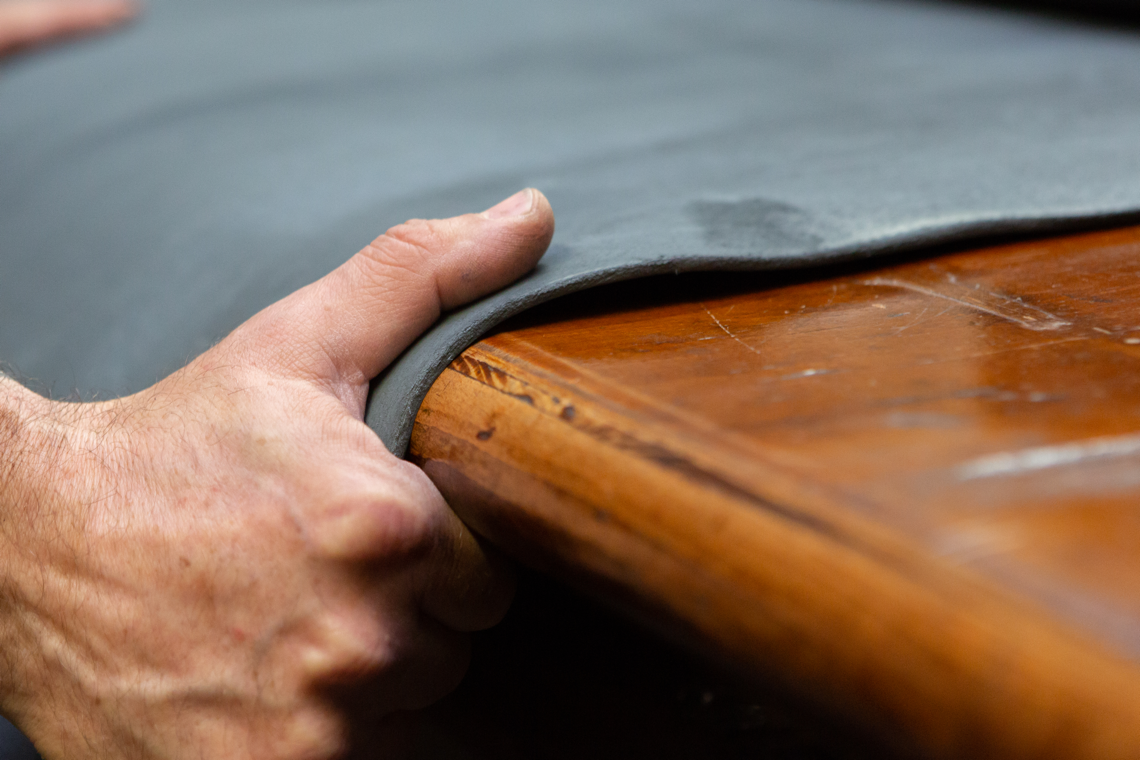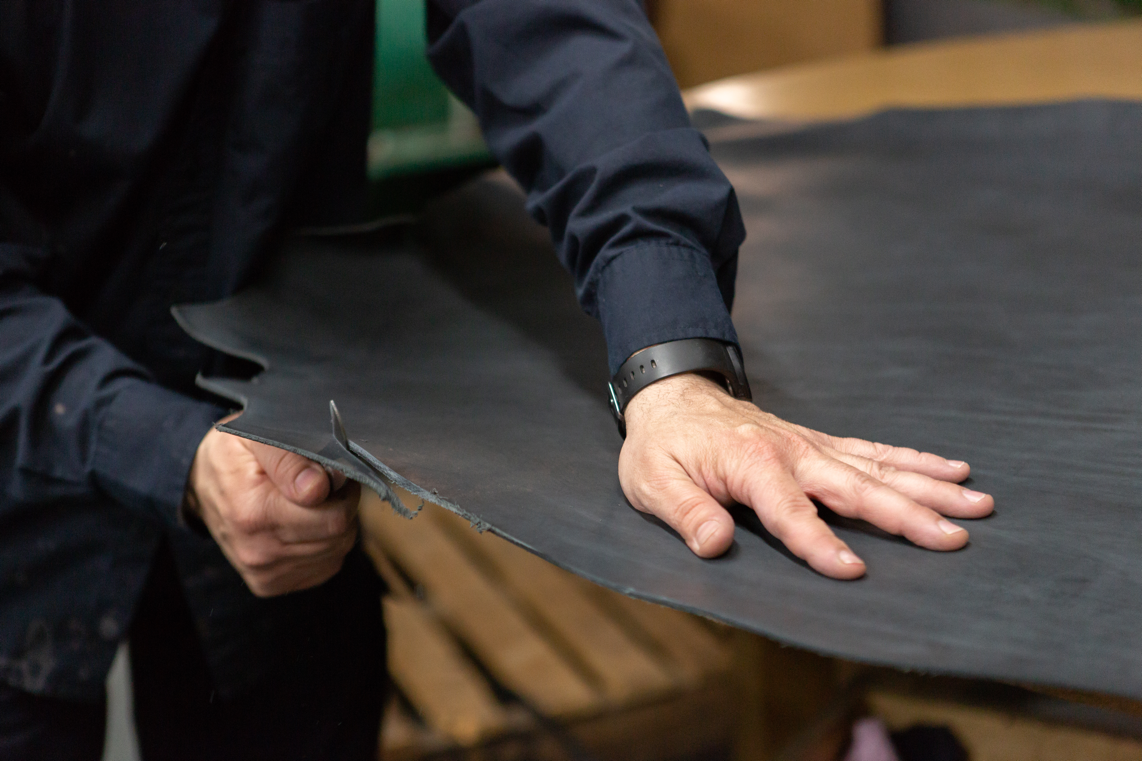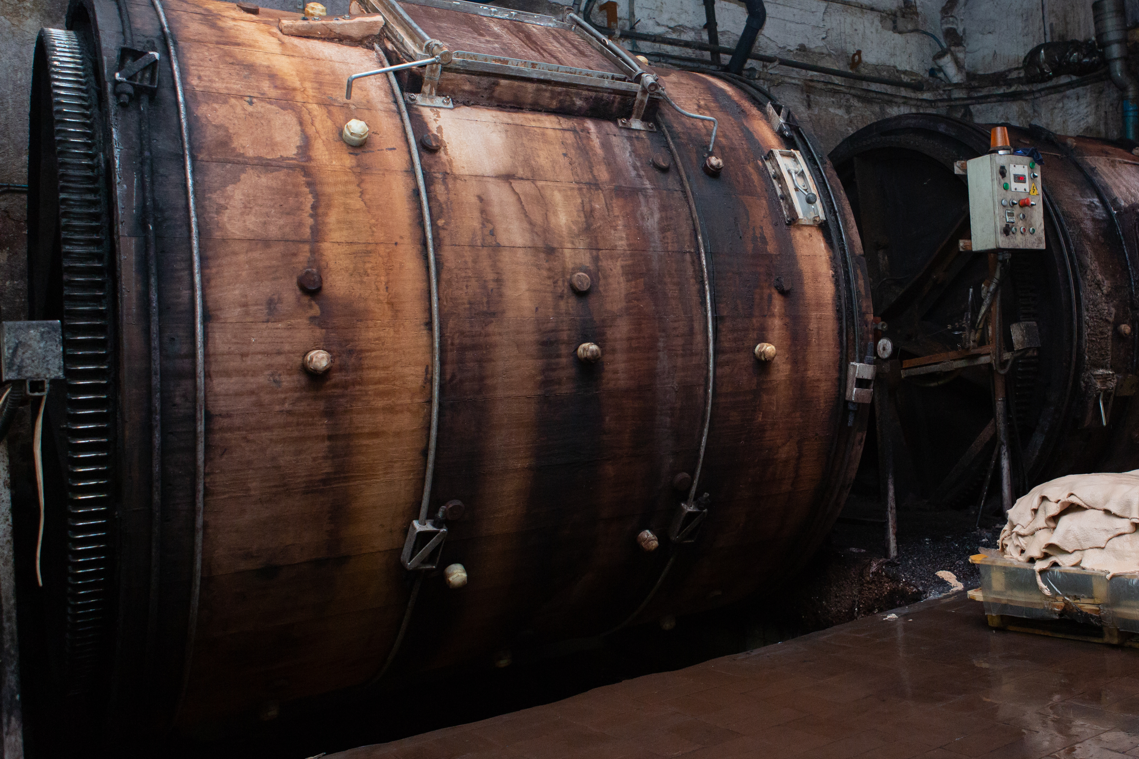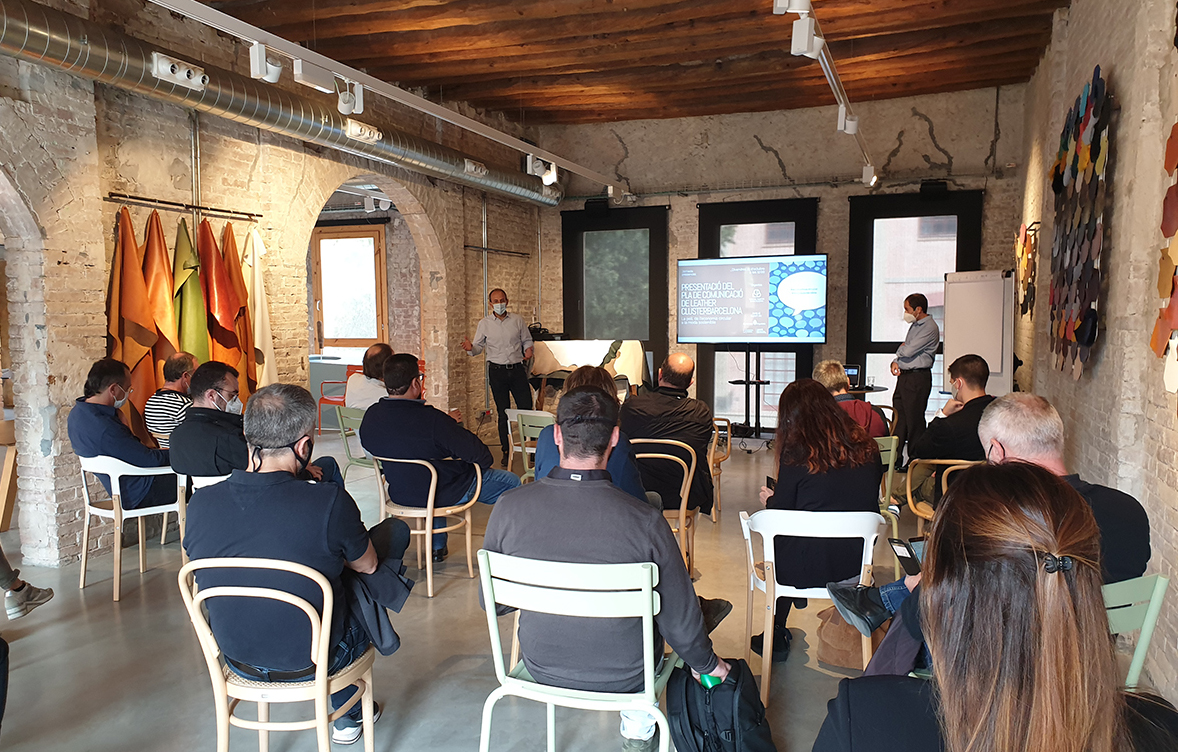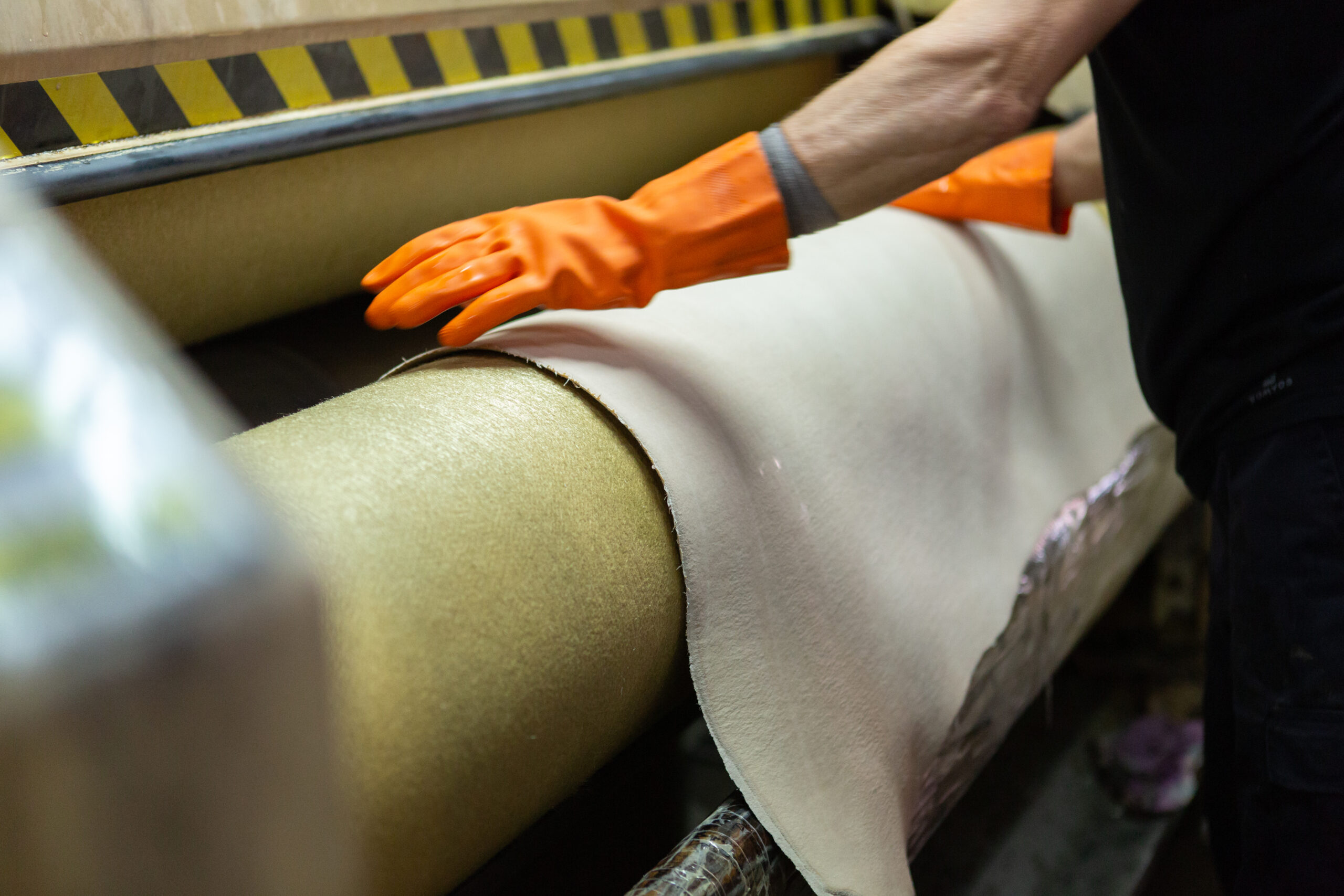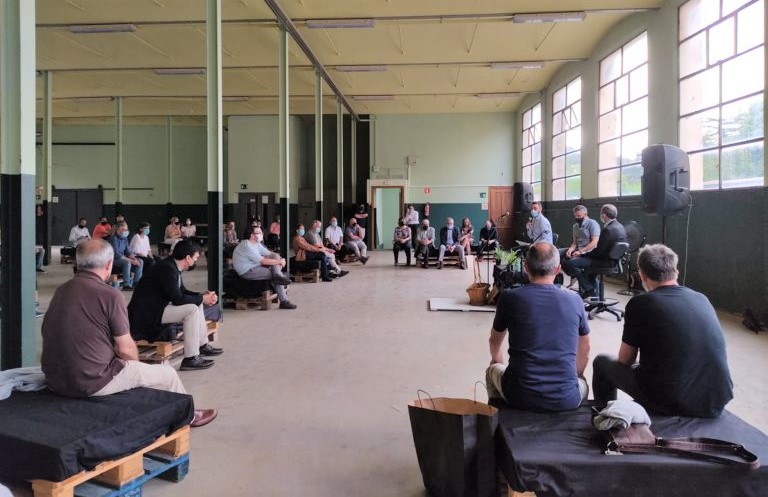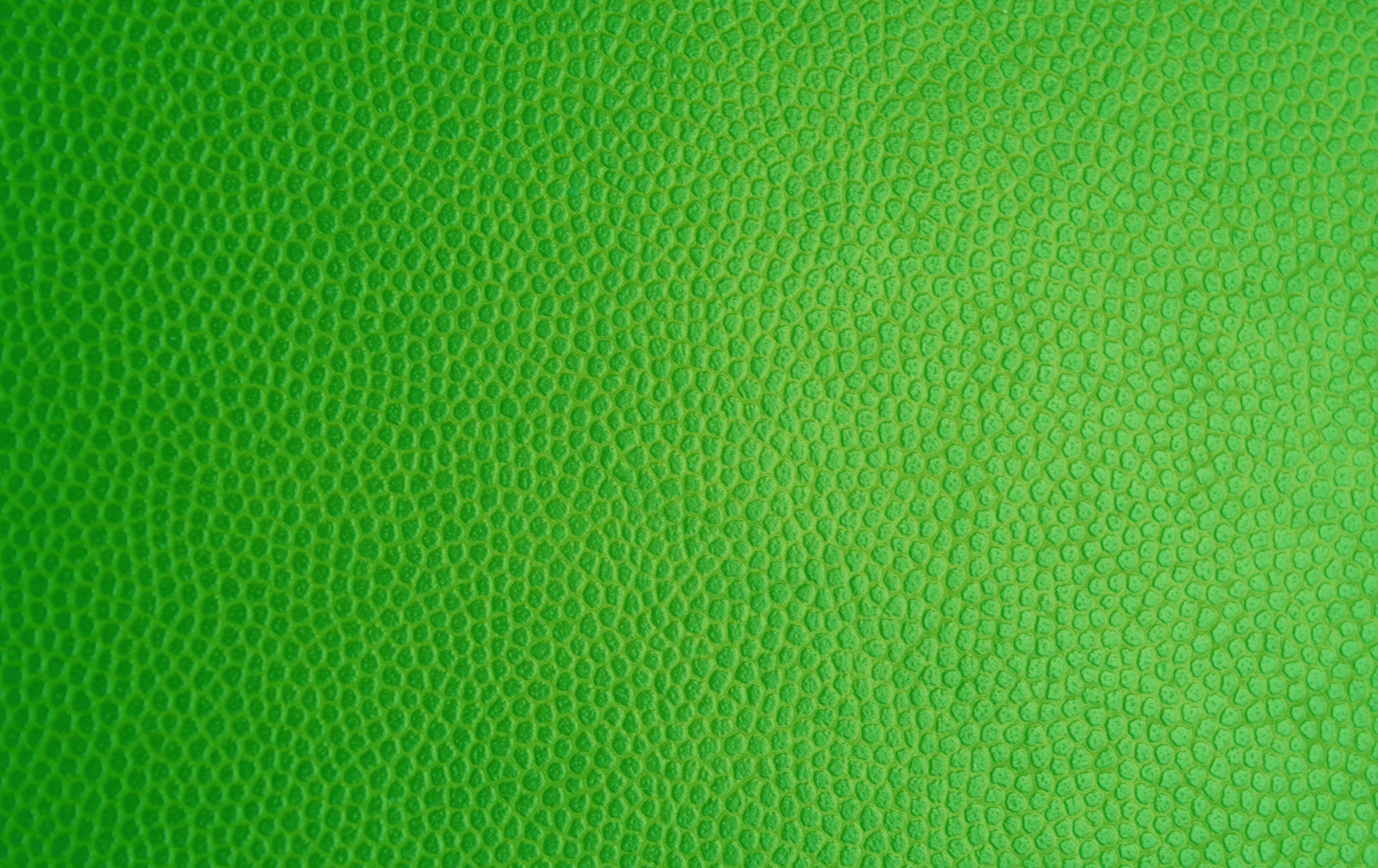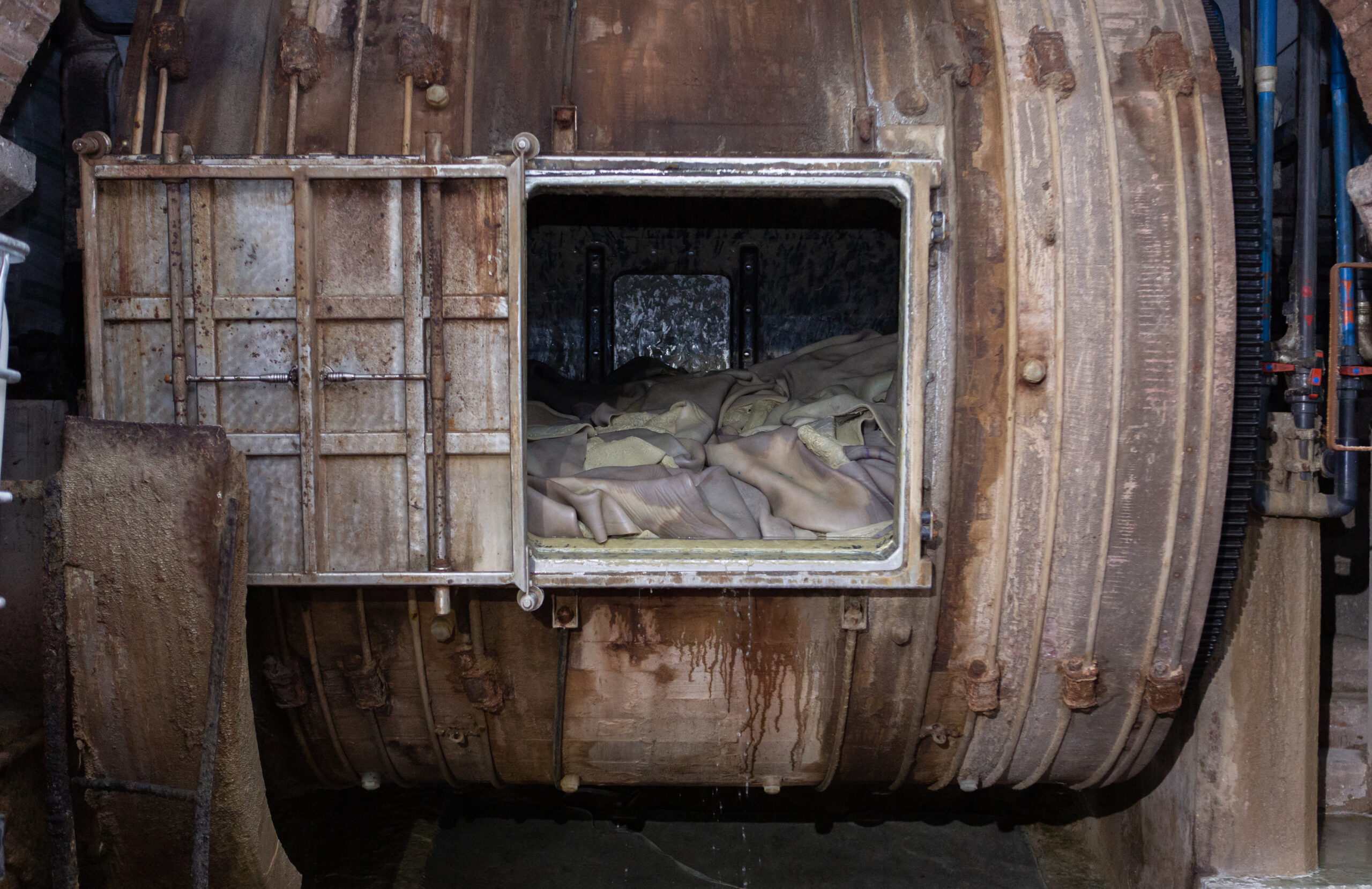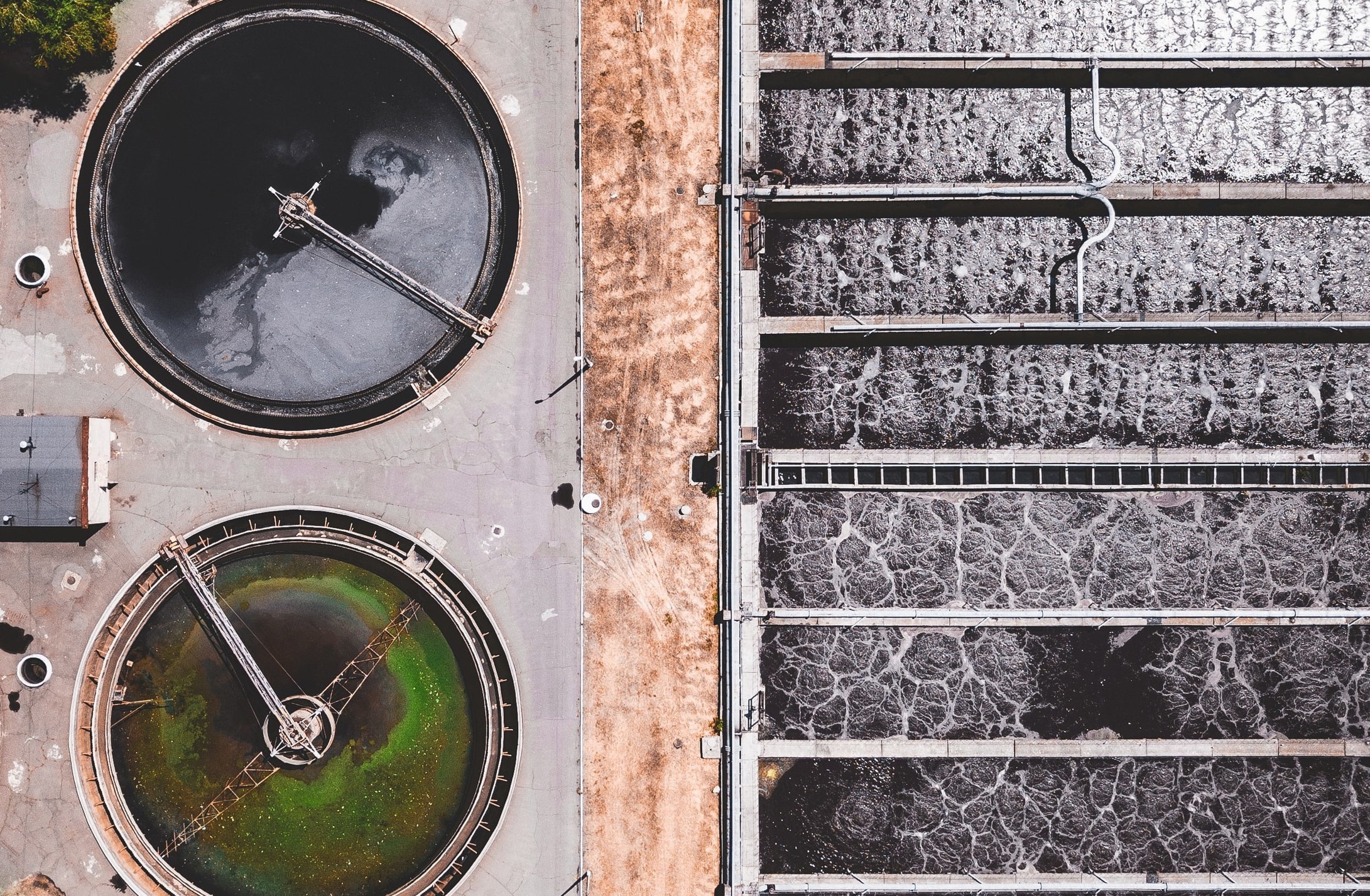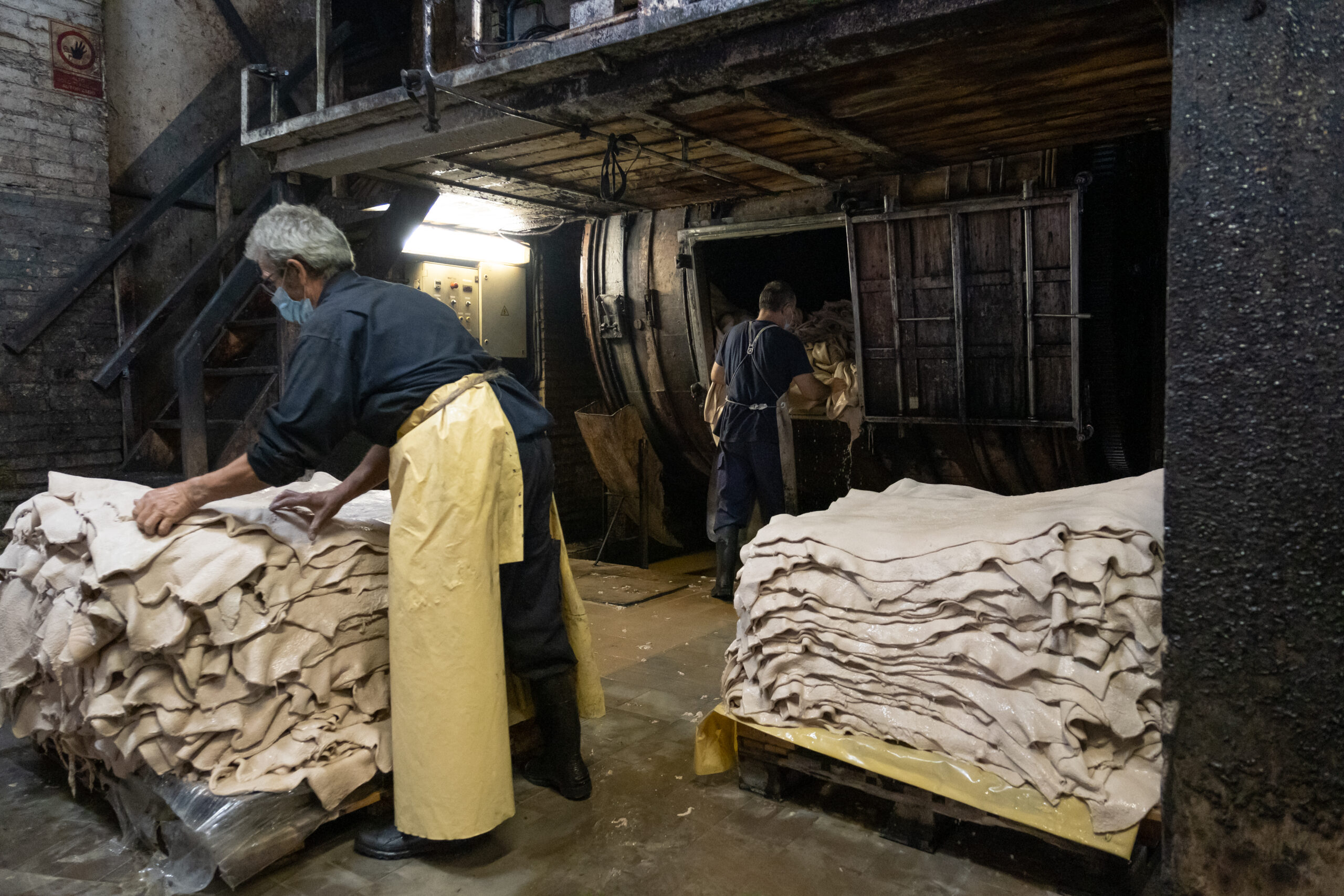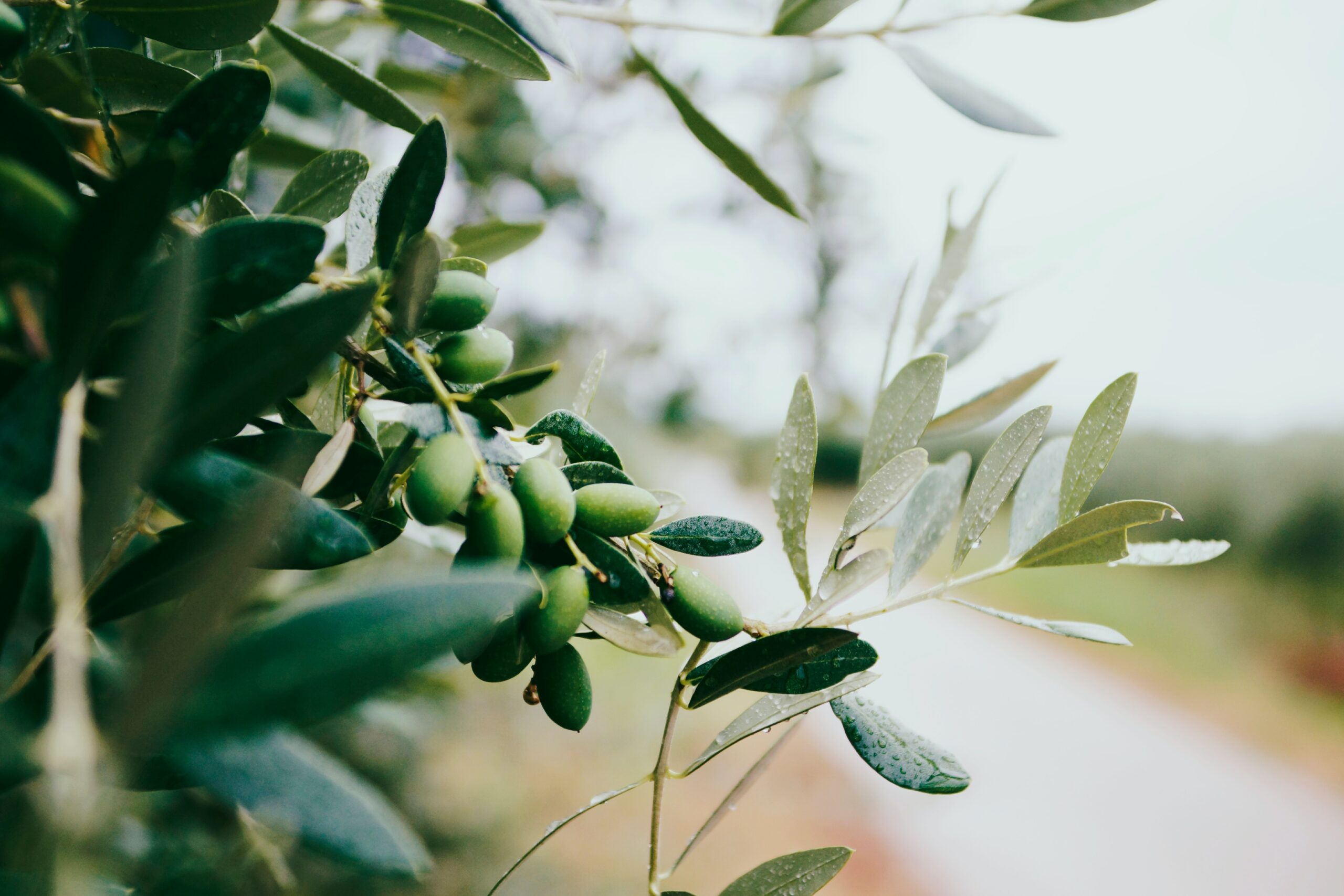Original content posted by: LEATHER CLUSTER BARCELONA.
Last October, the Leather Cluster Barcelona organized a conference at the Adoberia Bella in Igualada, where the main lines of communication that should guide the sector in the short and medium term were presented. A participatory session open to the entire value chain of the leather industry in Catalonia with the aim of sharing key messages, story, pillars of content and channels to highlight the leather as a benchmark for circular economy and sustainable fashion.
During the day, which aroused a lot of interest in the leather sector, the cluster highlighted the urgent obligation of the leather industry to explain itself, to communicate and to make itself known. Leather Cluster Barcelona detailed the work it is doing to work on communication proactively with the aim of helping to change the current perception that an important part of society has about the industry, often skewed, as as a result of anti-leather campaigns.
The session also explained the need for the leather sector worldwide to share knowledge, weave collaborations and generate synergies to meet the great communicative challenge of reaching the general population and the consumer in particular. A strategy with the aim of communicating to the world, working from local to global action, to contact and reach all audiences. Generating content to inform society and that can be used by other associations and agents in the leather sector from around the world to reach society in general, providing information for, where appropriate, a responsible and sustainable purchase.
You can read the original post HERE.



